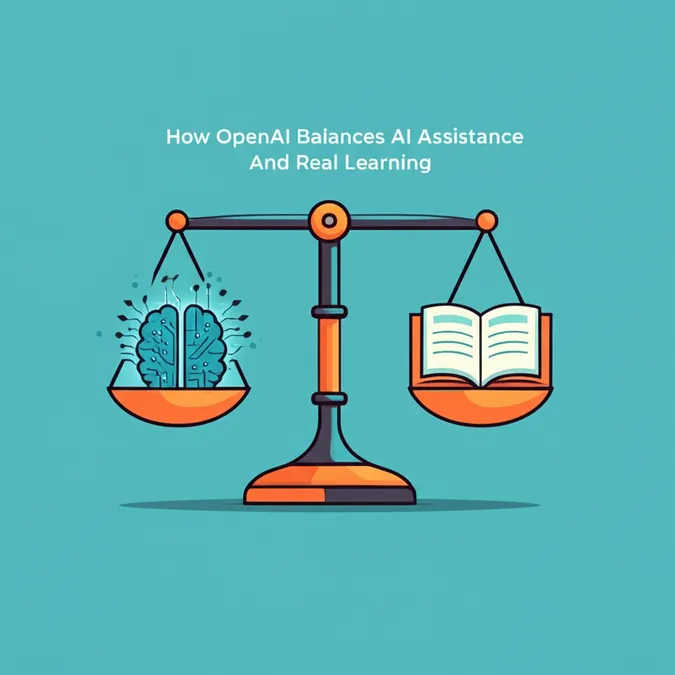Developer Offer
Try ImaginePro API with 50 Free Credits
Build and ship AI-powered visuals with Midjourney, Flux, and more — free credits refresh every month.
Troubleshooting Common Website Loading Errors
It is a common and frustrating experience: you navigate to a website, and instead of the content you expect, you are met with a vague error message stating that a required part of the site couldn’t load. This message can be confusing, but the good news is that the solution is often quite simple and within your control. This guide will walk you through the common causes of this error and how to fix them.
Understanding Why a Site Fails to Load
When you see an error like this, it means a critical piece of the website, such as a JavaScript file that handles interactivity or a CSS file that controls the layout, was blocked or failed to download. Without these essential components, the website cannot function correctly. The problem usually lies somewhere between the website's server and your browser.
Common Causes and Simple Fixes
Let's break down the most likely culprits and what you can do about each one. Most of the time, the issue can be traced back to one of three areas: your browser extensions, your network connection, or your browser's settings.
1. Overactive Browser Extensions
Browser extensions, especially ad blockers and privacy tools, are a leading cause of website loading issues. They work by scanning web pages and blocking elements they identify as ads or trackers. Sometimes, they make a mistake and block a script that is essential for the website to work.
- The Fix: The easiest way to check if an extension is the problem is to open the website in an Incognito or Private browsing window. These modes typically disable extensions by default. If the site works there, you have found the cause. You can then go back to your normal browser window and disable your extensions one by one to find the specific one causing the conflict.
2. Network and Internet Connection Issues
Sometimes, the simplest explanation is the right one. A weak or unstable internet connection can prevent your browser from downloading all the necessary files for a website.
- The Fix: First, check if other websites are loading properly. If they are not, the problem is likely your connection. Try restarting your Wi-Fi router and modem. If you are on a corporate or public network, a firewall might be blocking certain content, in which case you may need to try a different network.
3. Browser Settings and Corrupted Data
Your browser stores temporary data in a cache to help websites load faster on subsequent visits. However, this cache can sometimes become outdated or corrupted, causing loading errors. Similarly, your browser’s security or privacy settings might be too strict, preventing necessary content from loading.
- The Fix: A simple first step is to clear your browser's cache and cookies. This forces the browser to download a fresh copy of the website. If that doesn't work, review your browser's settings to ensure they aren't blocking necessary scripts or third-party content that the site relies on.
A Quick Troubleshooting Checklist
If you are facing a loading error, follow these steps in order:
- Hard Refresh: Press
Ctrl+Shift+R(on Windows/Linux) orCmd+Shift+R(on Mac) to force the browser to re-download the page. - Use an Incognito Window: This quickly rules out issues with extensions and cached data.
- Check Your Connection: Make sure your internet is working and try restarting your router.
- Try a Different Browser: This helps determine if the issue is specific to your primary browser's settings or extensions.
By following these simple troubleshooting steps, you can resolve most website loading errors and get back to browsing smoothly.
Compare Plans & Pricing
Find the plan that matches your workload and unlock full access to ImaginePro.
| Plan | Price | Highlights |
|---|---|---|
| Standard | $8 / month |
|
| Premium | $20 / month |
|
Need custom terms? Talk to us to tailor credits, rate limits, or deployment options.
View All Pricing Details

